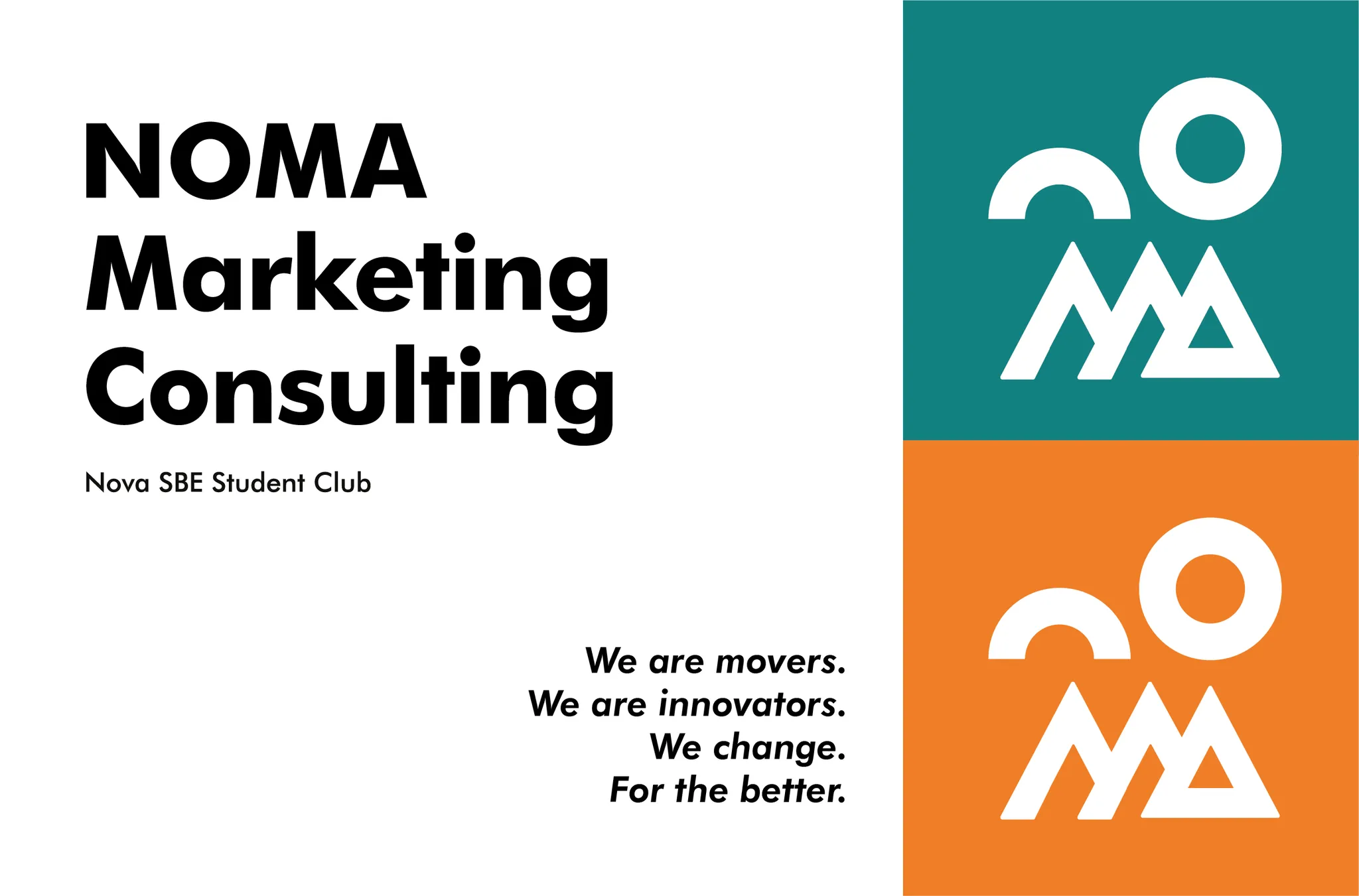
Concern surrounding mental health has been increasing over the last years. According to the WHO, 1 in 4 people will eventually experience mental illness. Furthermore, around 20% of the world’s children and adolescents have a mental health condition, with suicide being the second leading cause of death among 15-29-year-olds.[I]
Even though there is a large incidence of these conditions, the stigma associated with mental disorders is very much in place. Usually, the stereotypes which people relate to those who suffer from mental illness come from lack of knowledge on the subject. Also, putting all people who deal with mental issues in the same box can segregate this group, which can have grave consequences. It can be heavily detrimental to patients’ recovery to feel put on the side and, therefore, these misconceptions have to disappear. Yet, the core question still poses: How can we eliminate mental health stigma?
First, there needs to be an active effort to educate everyone on the topic of mental well-being. Governments take a big part in these initiatives. Running nation and global-wide campaigns have proven to accelerate the process of ending the stigma around various diseases. For example, to put an end to the misunderstandings around AIDS and raise awareness of the disease, there were several American public organizations and activist groups that started producing posters with that in mind.



As a result of these campaigns, AIDS started being perceived as a curable disease instead of a fearful plague with no treatment[II]. People began looking for medical help earlier on, which potentially saved thousands of lives.
Nowadays, posters may not be as efficient, but everyone is constantly looking at social media. Does this mean that online marketing campaigns could contribute to the fight against mental health stigma? According to a study conducted in the UK from 2009 to 2014 on the Time to Change (TTC) programme, they can. This paper concludes that the levels of awareness of TTC raised significantly after the campaign got started with social media. Moreover, they were accompanied by higher levels of knowledge, more positive ‘tolerance and support’ attitudes and more positive intended behaviour.[III] In other words, individuals were much more sensitive to the topic and were now more empathic to patients in the realm of mental issues. Thus, we can believe that by running mental health awareness campaigns, brands will contribute to stigma decline.

There have already been several successful social media initiatives surrounding mental health. Instagram, for instance, has collaborated with the American Foundation for Suicide Prevention releasing the #RealConvo. They aimed to raise genuine conversations on mental health, to increase public awareness for the problem.[IV] The action was deemed fruitful, as by browsing the hashtag one could find many stories about people’s struggles with mental health and their coping mechanisms. Along with Instagram, Burger King also launched a campaign touching on mental illness. It was called the Real Meals campaign, which consisted of a range of meal boxes associated with different emotions, to raise awareness for mental health concerns. Another example would be Philosophy’s, a skincare brand, that came out with the Hope & Grace Initiative. Through this campaign, the organization donates part of its profits to community based mental health efforts. In addition, the brand produced a video for the 2019’s Mental Health Month. At first, this piece seems to show a simple skincare routine, but it surprises us with a poem on some of the key takeaways surrounding mental well-being. Likewise, brands such as AXE, which produced content regarding toxic masculinity, Monki or ASICS have invested in mental health-related marketing.[V]

Overall, brands are starting to understand how important they can be in the fight against mental health stigma. Besides, customers are increasingly showing their interest in the topic, especially Gen-Z’ers. Even influencers are raising awareness on the issue, creating their own organizations, like Make Sure Your Friends are Okay, or donating to charities focused on improving mental health care. All in all, these are good indicators of stigma decline. Nonetheless, there is still work to be done and companies can play a big part, notably within, where they can provide a safe environment and adequate support for the workers who may need it.
Consequently, brand managers should keep on allying mental health concerns to their companies’ message. It will contribute to eliminating the stigma and differentiate them from competitors as if the involvement showed is genuine, it can attract clients who are touched by the subject.
References:
[I] WHO. Mental Health. 2019 https://www.who.int/health-topics/mental-health
[II] Lily Rothman. See the 1980s Posters That Helped Raise Awareness About AIDS. TIME, 2016. https://time.com/4579321/world-aids-day-posters/
[III] G. Sampogna, I. Bakolis, S. Evans-Lacko, E. Robinson, G. Thornicroft, C. Henderson. The impact of social marketing campaigns on reducing mental health stigma: Results from the 2009–2014 Time to Change programme. European Psychiatry, Volume 40
[IV] Erin Blakemore. Instagram public awareness campaign aims for real talk about mental health. The Washington Post, 2019. https://www.fashionmonitor.com/blog/zn/our-favourite-mental-health-awareness-campaigns
[V]https://www.fashionmonitor.com/blog/zn/our-favourite-mental-health-awareness-campaigns

